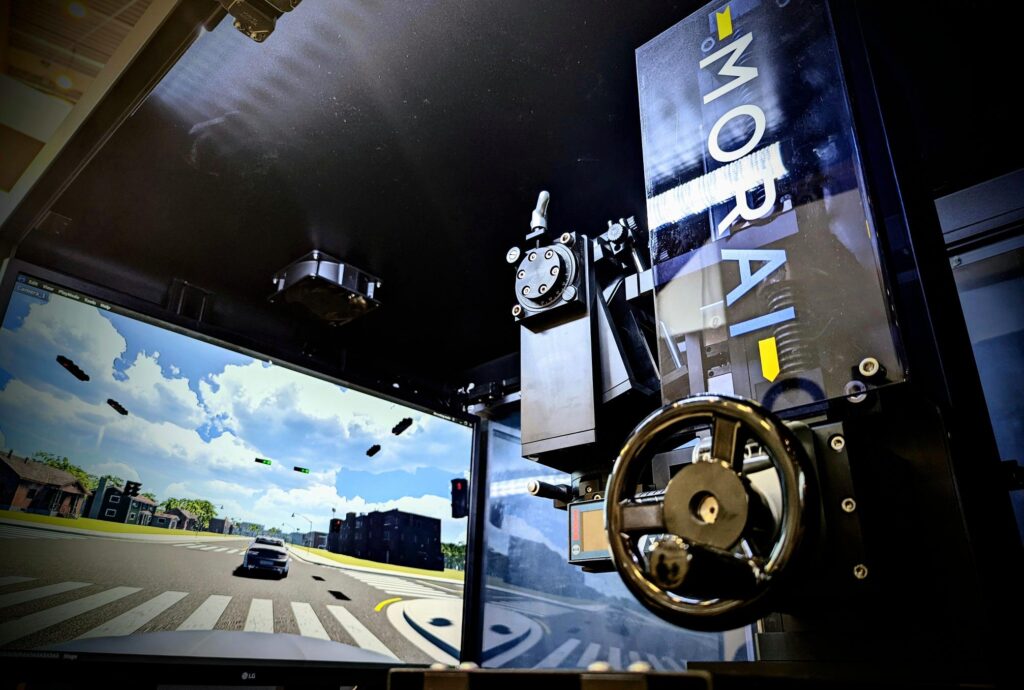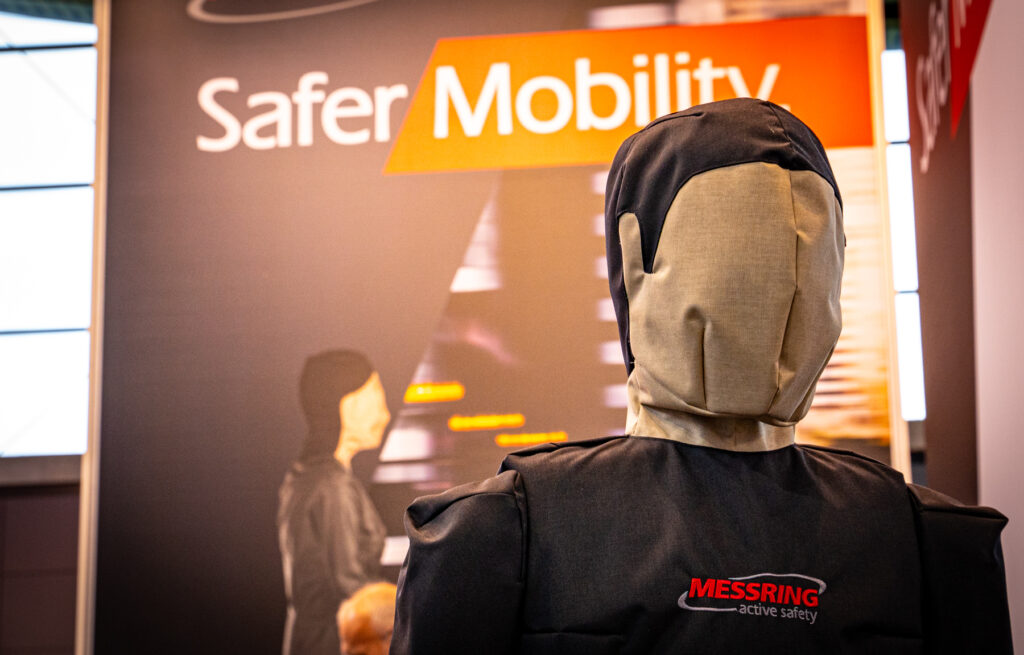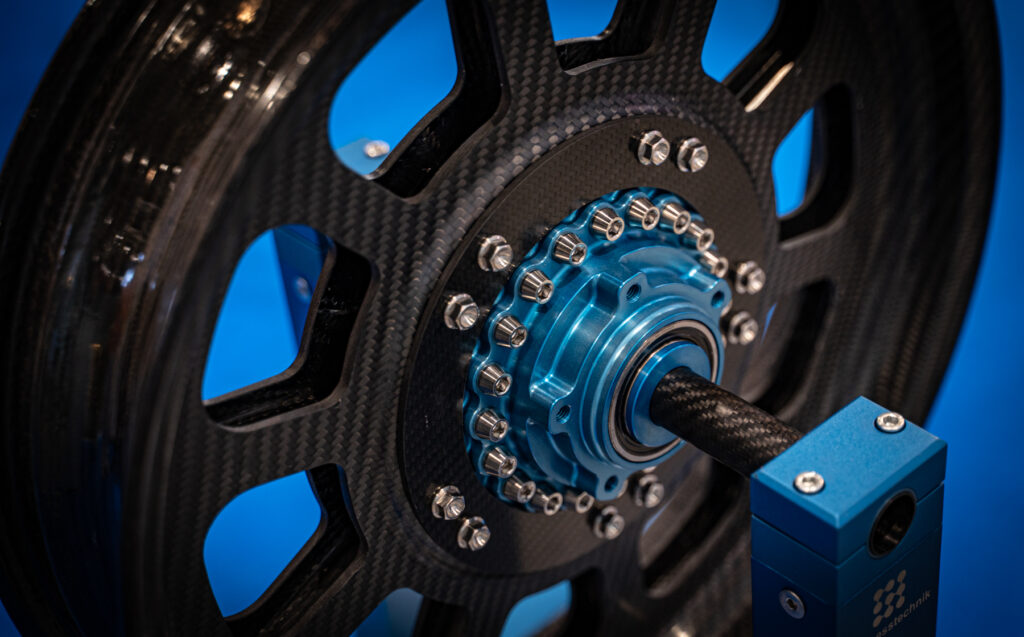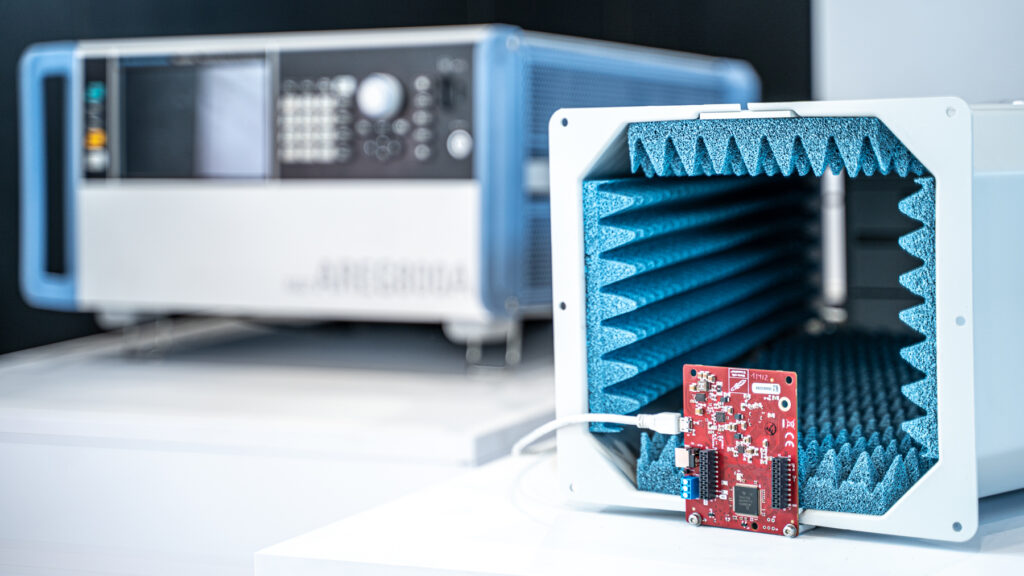Automotive Testing Expo returned to Stuttgart, Germany, on June 21, 22 and 23, providing the perfect platform for a host of new product launches and the latest innovations from some of the industry’s leading suppliers. Held at the Messe, the event showcased the latest technologies from hundreds of exhibitors to enable and accelerate vehicle development and testing programs for OEMs and Tier 1 suppliers.
For example, MORAI displayed MORAI SIM: Drive, an innovative digital twin simulation platform that targets specific regions. The South Korean startup is already making an impact within the ADAS and AV sector with its simulation solution, tailored to ‘target locations’. According to MORAI, feedback from stakeholders and customers has been positive and is what draws them to the company.
‘)
}
// –>
‘)
}
// –>

“MORAI uses its ADAS and AV simulation platforms to enable OEMs to test every single component beforehand, running software-in-the-loop, hardware-in-the-loop and vehicle-in-the-loop tests for all three stages of development,” Hyunjin continued.
Meanwhile, Messring debuted two new products at the show. The company’s Astero articulated pedestrian adult target replicates a 50% male adult in terms of size, shape, realistic sensor signature and leg articulation while complying with all the specifications laid out in the NCAP and ACEA guidelines as well as the ISO 19206-2 standard.
The sensor signature is realistically reproduced for radar, lidar, camera, infrared and ultrasonic sensors simultaneously. The target has a soft, lightweight structure but is designed for collisions up to 60km/h. The movement of the legs generates a micro Doppler effect and with an ISO 19206-2 compliant connection, the target is compatible with all common carrier systems. Control and activation of the leg motion is achieved via an IP-based interface and offers quick selection of walking speeds of 3km/h, 5km/h and 8km/h.
“With the Astero, we have demonstrated how test sites can get closer to the real world and VRU testing can take the next step beyond existing protocol requirements. With the Articulated Pedestrian Adult Target we now also want to provide test engineers and users with an option that is in line with the requirements in the current test protocols and convinces with the usual quality and reliability of Messring equipment,” explained Dr Igor Doric, executive director of Messring Active Safety.

Doric said, “You can control all the parameters, the respiration rate – including the rate the dummy inhales and exhales – while also running set test programs as well as monitoring the system operating parameters and pressures.”
Other highlights included an advanced radar test system (RTS) from Rhode & Schwarz and a new range of wheel force transducers from AIM Arnold Intelligente Messsysteme.
“We are pleased to be presenting our solutions, but most of all we are happy to finally meet our customers and partners again,” said Juergen Meyer, vice president of market segment automotive at Rohde & Schwarz. “The RTS opens a completely new field of possibilities for lab testing of radar-based ADAS and AD features, including ensuring their correct operation in HIL and VIL testbeds. This enables errors to be detected at an early stage and delivers significant cost savings. Multiple moving objects can be emulated with variable distance, angular velocity, size, elevation and azimuth without physically moving antennas or devices thanks to innovative antenna array technology.”

Dates for your diary
For more information and videos from this year’s event, click here. With the 2022 event a resounding success, dates have now been announced for 2023. Automotive Testing Expo 2023 will take place in Stuttgart, Germany, on June 13, 14 and 15. Save the dates now or contact the team to book your booth today.





